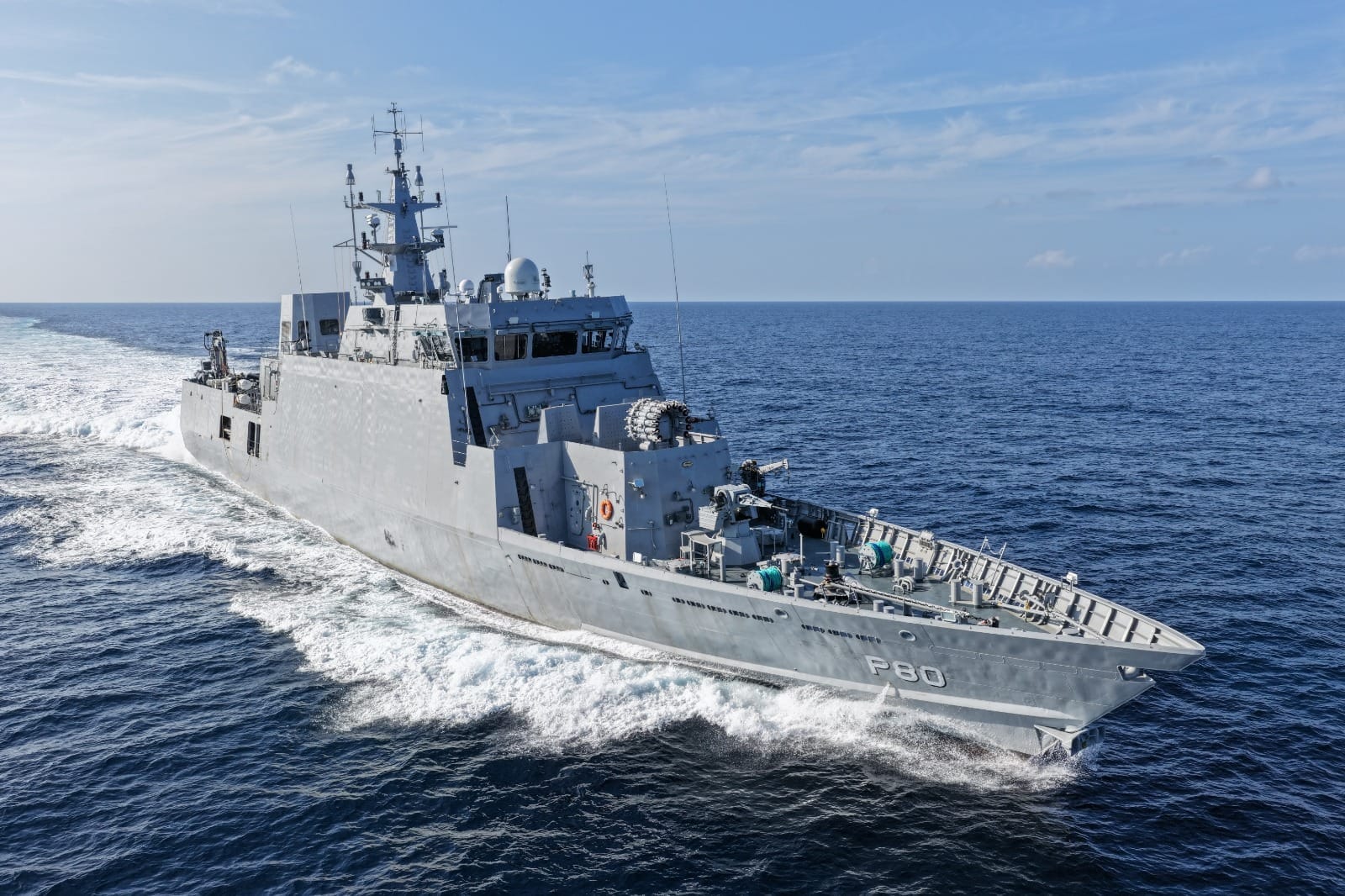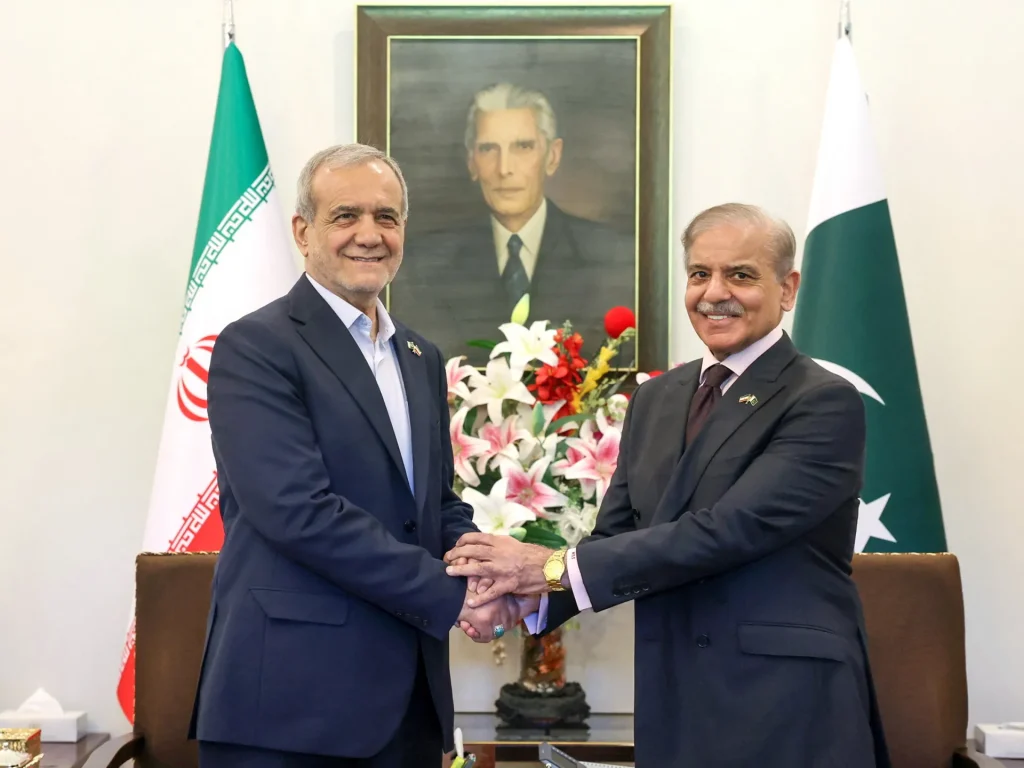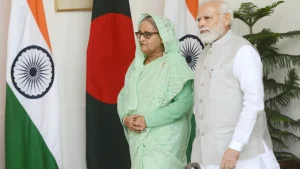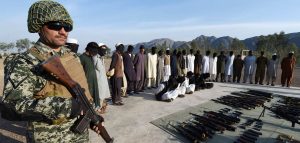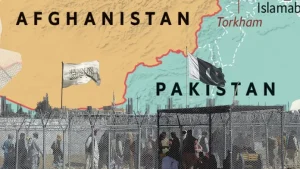Asia has been a key region in global geopolitics throughout recorded human history. Interestingly, it has also been a hotly contested area, marked by rivalries and external pressures. In these respects, the 21st century is no different. For Iran and Pakistan, Shared geography, converging security threats, and evolving trade incentives support a calibrated partnership – one that hedges against volatility without committing to entanglement. Rather than overreaching in the face of sanctions, sectarian sensitivities, or third-party scrutiny, Islamabad and Tehran can build a hedging architecture rooted in common border management, corridor complementarity, and institutional buffers that reduce the risk of miscalculation. The goal is not strict alignment but a mutually beneficial and insulation from the chaos of the multipolar world.
Hedging is a widely used strategy in international relations, built on three pillars: avoid firm alignment, pursuing counteracting measures to mitigate risks, and diversifying ties to maintain fallback options. It is particularly a favorable option for second-tier states, such as regional powers, in an environment where power is diffusing. Hedging is not a single act but a gradual, multistage process that emerges from power asymmetries between major powers and second-tier states. Its primary objective is to reduce strategic vulnerability and narrow power gaps by successfully pursuing common interests.
As the global order loses its unipolarity character, hedging has become a necessity. Both Pakistan and Iran are navigating an increasingly multipolar landscape in which bloc loyalty and traditional non-alignment are no longer viable strategies. Organisations, such as BRICS and the Shanghai Cooperation Organisation (SCO), where Tehran and Islamabad hold membership, offer flexible avenues for selective cooperation. For instance, the SCO and BRICS enhance bilateral engagement through trade, investment, counterterrorism, energy cooperation, and alternative financing mechanisms in the context of Western sanctions. The resilience of the Russian economy, which remained robust despite extensive sanctions, illustrates how Moscow leveraged these organizations to access favourable markets in Asia. Such blocs provide maneuvering space for their members while preserving plausible deniability.
At the start of 2024, Iran and Pakistan exchanged missile strikes against cross-border terrorist sanctuaries. Amidst this heightened tension, both sides recognized the need to de-escalate and, within a week, restored diplomatic ties and publicly committed to prevent further escalation. For both, the priority was to entanglement on a second front. This sequence of crisis, retaliation, and de-escalation represents a classical case of hedging, in which both sides had incentives to contain escalation. Another noticeable feature of this hedging behaviour was that neither outright hostility nor full alignment, but rather controlled risk, governed their interaction. However, hedging requires an insulation mechanisms – such as standing hotlines and pre-agreed redlines – that can absorb shocks in the heat of a crisis.
Cross-border terrorism continues to straddle the Pakistan-Iran frontier. The BLA’s attack on Gwadar in 2024, followed by Jaish al Adl’s cross-border strikes, highlighted the severity of this. For both sides, counterterrorism cooperation is essential to ensure that neither side’s territory is exploited to undermine the other. During the Iranian president’s latest visit, both governments identified terrorism as the principle obstacle to prosperity. Against this backdrop, practical steps – such as intelligence-sharing protocols, coordination cells, and joint patrols – are necessary. These measures would deepen cooperation and strengthen the ability of both states to eradicate a shared menace.
The conflict between Israel and Iran has heightened oil price volatility and raised Pakistan’s diplomatic exposure. For Islamabad, the stakes are clear: any external intrusion that destabilises Iran would create multiple security challenges. For instance, the Baloch frontier, sectarian tensions, refugee inflows, militant activity, and smuggling networks. In addition, surging oil prices would strain Islamabad’s economy by widening the trade deficit and accelerating currency depreciation. These scenarios create a shared security ground for collaboration between Islamabad and Tehran. In this context, hedging becomes a necessity. Islamabad should preserve its neutrality while sustaining cooperation with Iran on counterterrorism and trade. Such an approach would allow Islamabad to insulate itself from the wider conflagration engulfing the Middle East.
Tehran’s longstanding Look East Policy seeks to expand energy corridors and strengthen ties with its neighbours. This vision aligns with Pakistan’s emphasis on regional integration and connectivity through the China-Pakistan Economic Corridor (CPEC). In this context, the ports of Gwadar and Chabahar can be positioned as complementary rather than competing hubs. However, in 2024, India signed a 10-year contract with Iran to develop Chabahar, aiming to bypass the ports of Gwadar and Karachi. While this development poses challenges, it also offers Islamabad an opportunity to promote regional connectivity. A mutual understanding that allocates specific cargo streams to each port could transform the potential rivalry into a win-win arrangement. By contrast, competition would undermine the principle of insulation and weaken the foundations of cooperation.
To sum up, Pakistan and Iran face a set of shared challenges. Although historically they belonged to opposite camps, contemporary geopolitical realities demand a recalibration of their relationship around common security concerns. Counterterrorism and bilateral trade stand out as two key areas where cooperation could yield significant dividends. At the same time, efforts to enhance regional integration through port development and connectivity would provide a viable pathway forward. Given Tehran’s ongoing struggle with sanctions that restrict over economic cooperation, a hedging strategy offers both states a pragmatic option. As discussed, platforms such as BRICS and SCO present multiple avenues to deepen bilateral ties. By adopting this approach, Islamabad and Tehran can build insulation against unpredictable external shocks – reaping benefits while limiting vulnerabilities.



